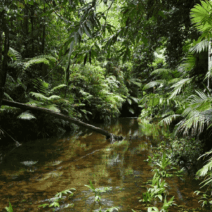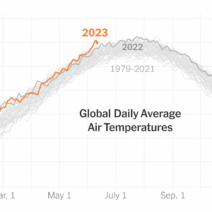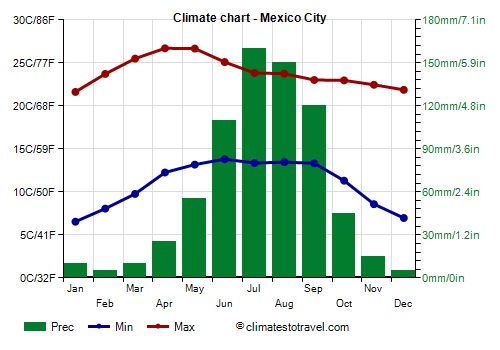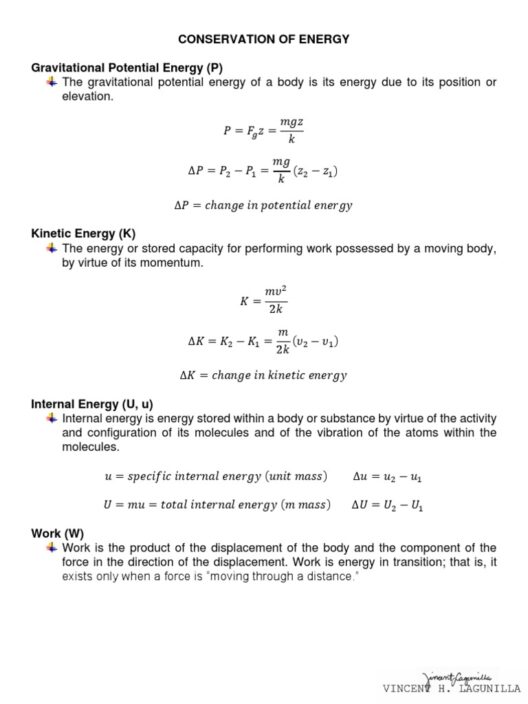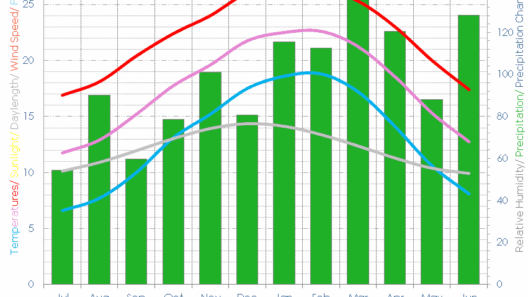Mexico City, a sprawling metropolis poised at an altitude of 2,240 meters in the Valley of Mexico, presents a unique climatic profile that evokes curiosity and admiration among its residents and visitors alike. As the capital of Mexico, it boasts a distinct set of characteristics that defines its climate, which alternates between temperate traits and urban challenges. This discourse elucidates the multifaceted nature of Mexico City’s climate, arguing that while it has favorable aspects, deeper environmental concerns warrant critical examination.
The first aspect worth noting is the city’s temperate climate, which communicates a semblance of idyllic weather, especially when juxtaposed with hotter and more humid regions of the country. This temperate nature is largely the result of Mexico City’s elevation. The altitude contributes to moderated temperatures that rarely rise excessively high or plummet too low. The average temperature hovers around 16°C to 20°C (60°F to 68°F) throughout the year, with the summer months occasionally reaching a thermally sticky peak. This equitable climate cultivates a vivacious culture, encouraging outdoor activities as residents engage in leisurely pursuits in parks, plazas, and along the city’s vibrant streets.
Moreover, the annual rainfall patterns in Mexico City further accentuate its climatic appeal. A pronounced wet season, spanning from May to September, provides ample precipitation, promoting verdant landscapes that alleviate the harshness of urban life. The rains usher in an abundance of flora, allowing the city to flourish like an oasis amid the concrete jungle. However, this seasonal abundance belies deeper environmental dilemmas, as issues of water management and sustainable urban development come to the fore. The city faces formidable challenges in water conservation due to over-extraction from aquifers, resulting in a paradox where rainwater harvesting efforts struggle to keep pace with consumption.
One must also address air quality, a pivotal consideration in assessing the climate. While the temperature may suggest comfort, the atmospheric conditions in Mexico City reveal a less favorable reality. High levels of pollution, exacerbated by vehicular emissions, industrial activities, and geographic limitations, dramatically affect air quality. The city’s topography, encircled by mountains, creates a natural bowl that traps pollutants. As a consequence, smog often envelops the metropolis, obscuring its scenic vistas and raising health concerns among its inhabitants. The environmental ramifications stem from anthropogenic activities and the interplay between urbanization and climate, casting a shadow over the city’s otherwise favorable climatic disposition.
In tandem with air quality concerns, urban heat islands pose an emerging threat, particularly as cities like Mexico City strive for growth and modernization. Urbanization abrades the landscape, replacing natural vegetation with asphalt and concrete, which contribute to escalating temperatures and detrimental weather patterns. The heat island effect diminishes the climate’s initial promise of moderation, compounding existing issues of sustainability. Therefore, while the climate may seem amicable, a closer examination reveals the pronounced complexities wrought by urban encroachment and infrastructural demands.
Addressing these challenges necessitates concerted efforts directed at sustainable urban planning. Initiatives aimed at reforesting neighborhoods, enhancing public transportation, and promoting energy-efficient technologies hold promise for ameliorating the city’s environmental footprint. Furthermore, fostering awareness and advocacy for climate-focused policies can galvanize public engagement, propelling change from the grassroots up. Such measures are crucial in counterbalancing the adverse impacts of pollution and climate change, ultimately translating Mexico City’s climate into a more favorable experience for its inhabitants.
It is also essential to consider the cultural dimensions of the climate experience. The dynamic interplay between the climate and the city’s heritage influences not only the lifestyle of its residents but also the cultural tapestry that is woven through daily life. From festivals celebrating the rain to culinary traditions reliant on seasonal produce, the climate imbues Mexico City with a unique sense of place. This interplay reflects the broader significance of climate beyond mere meteorological data; it fosters community identity, resilience, and adaptability.
The enchantment of living in Mexico City lies not solely in its moderate temperatures or seasonal rains but in the resilient spirit of its residents—an embodiment of adaptation amid challenges. Each rainy season reminds denizens of the delicate balance between nature and urbanism, sparking a communal ethos that embraces environmental responsibility. Citizens actively engage in dialogues around sustainability, championing initiatives that aim to bridge the chasm between development and ecological preservation.
In conclusion, while Mexico City offers a climate that is generally favorable, a deeper analysis reveals an intricate web of environmental challenges that demand urgent attention. The city’s climatic beauty—the temperate weather, seasonal rains, and thriving cultural practices—can be overshadowed by pressing issues such as air quality and urban heat. Collective action, supported by awareness and policy advocacy, presents an avenue to mitigate these impacts, ensuring that the climate remains a catalyst for growth and community enrichment. Ultimately, the question of whether Mexico City has a favorable climate is not just a matter of meteorological observation but a reflection of the complexities that define urban living in one of the world’s largest cities.
